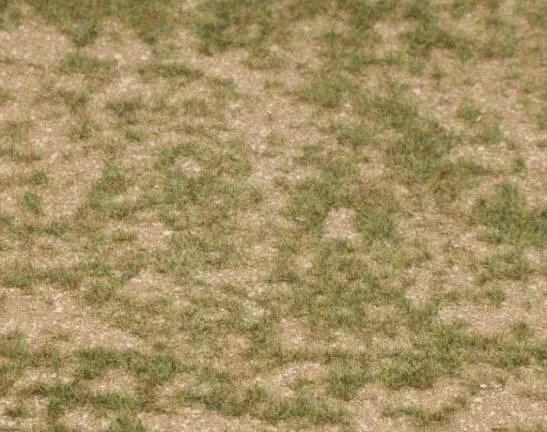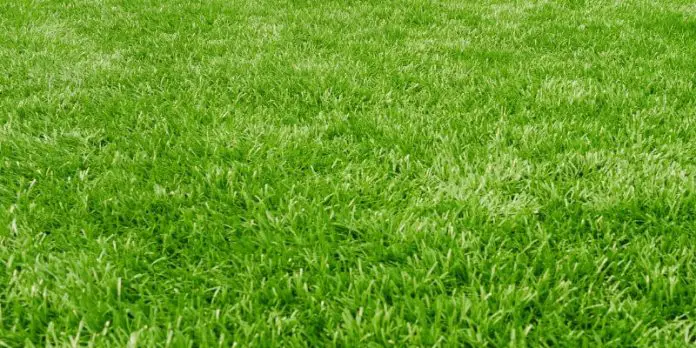Grass is one of the most fundamental plant species on our planet.
Found in a diverse array of ecosystems, from grasslands and savannas to wetlands and prairies, grass plays a crucial role in maintaining the health and balance of the earth’s ecosystem.
But have you ever wondered just how many blades of grass there are on Earth?
The Quick Logical Answer

Attempting to establish the number of blades of grass on Earth is an almost insurmountable task.
First, the sheer number of individual grass plants is staggering, with estimates in the trillions.
Secondly, the number of blades on individual grasses varies greatly depending on various factors like species, climate, space, and soil conditions.
Thirdly, the nature of our ecosystems and landscapes is constantly changing, further complicating attempts at enumeration.
In simple terms, any endeavor to arrive at an exact number would be a mere approximation.
Numerical Estimates

Speaking of estimates, let’s attempt to quantify the number of blades of grass in the world:
Assuming an average square foot of grass contains around 3000 blades (based on the Oklahoma Museum of Natural History via Yahoo), we begin our calculation.
Earth’s land surface is approximately 148,326,000 km² (equivalent to 57,268,900 square miles) according to One World Nations Online.
It’s estimated that 25% of the total land area is covered by grass.
In terms of square kilometers, this accounts for 37,081,500 km².
Converting this to square miles, we get roughly 13,914,678.69 square miles.
To further convert this into square feet, remember that 1 square mile equals 27,878,400 square feet.
Hence, 13,914,678.69 square miles equates to approximately 387,317,924,832.06 square feet.
Now, to ascertain the total number of grass blades, we multiply this area by 3000 blades, yielding 1,161,953,774,496,240 blades of grass.
This staggering figure reads as: One quadrillion, one hundred sixty-one trillion, nine hundred fifty-three billion, seven hundred seventy-four million, four hundred ninety-six thousand, two hundred forty.
The Truth: It’s Beyond Quantification

As indicated earlier, whether it’s the aforementioned figure of 1,161,953,774,496,240 blades of grass or any other numerical attempt, the task of quantifying the total number of grass blades worldwide is inherently an estimation.
Trying to tally individual grass blades on a global scale is a colossal undertaking—it transcends mere quantification.
This complexity arises from various factors that need to be considered, including:
- Population density, or the number of grass blades per square foot used as the foundation for my calculation, can fluctuate significantly due to factors such as grass species, climatic conditions, and soil fertility.
- With a staggering 13,000 grass species, each featuring distinct blade widths and lengths—ranging from a delicate 1/16 inch in fine-bladed grasses like fine fescue (Festuca spp) and creeping bentgrass (Agrostis stolonifera) to a robust 1/4 inch in broad-bladed varieties like perennial ryegrass (Lolium perenne)—this diversity significantly impacts the number of blades per square foot.
- The Earth has a wide array of ecosystems, from manicured lawns and serene meadows to expansive prairies and vast savannahs. What’s more, the nature of the ecosystems is constantly changing! This diversity also introduces substantial fluctuations in population density per square foot.
Taking these factors into account (and there could be many more!), it’s reasonable to state that the exact number of grass blades around the world is incredibly vast and ultimately impossible to accurately quantify.
Is There More Grass Or Sand In The World?

This is another question that has been gaining popularity online. Let’s address it:
First and foremost, it’s important to note that calculating the exact quantities of grass and sand is no simple feat, so a definitive answer remains elusive.
However, if we approach this logically, it becomes apparent that there is a greater quantity of sand worldwide than grass. Here’s why:
Sand exists in various forms within the Earth’s crust—beaches, deserts, hillslopes, and sea and river beds. It can even be found in soils where grass grows.
In contrast, extensive grass coverage is confined to regions with specific, favorable soil and climatic conditions.
In simpler terms, grass-covered areas on Earth are comparatively limited when compared to the widespread presence of sand.
Thus, in the debate of whether there is more grass or sand in the world, sand emerges as the clear winner.



